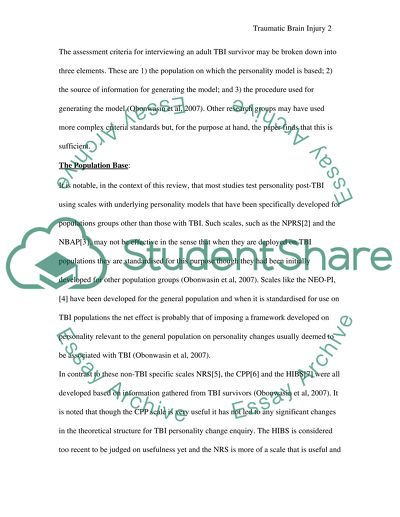Cite this document
(“Do Personality Changes Occur in Adults Following Traumatic Brain Essay - 1”, n.d.)
Do Personality Changes Occur in Adults Following Traumatic Brain Essay - 1. Retrieved from https://studentshare.org/miscellaneous/1540039-do-personality-changes-occur-in-adults-following-traumatic-brain-injury
Do Personality Changes Occur in Adults Following Traumatic Brain Essay - 1. Retrieved from https://studentshare.org/miscellaneous/1540039-do-personality-changes-occur-in-adults-following-traumatic-brain-injury
(Do Personality Changes Occur in Adults Following Traumatic Brain Essay - 1)
Do Personality Changes Occur in Adults Following Traumatic Brain Essay - 1. https://studentshare.org/miscellaneous/1540039-do-personality-changes-occur-in-adults-following-traumatic-brain-injury.
Do Personality Changes Occur in Adults Following Traumatic Brain Essay - 1. https://studentshare.org/miscellaneous/1540039-do-personality-changes-occur-in-adults-following-traumatic-brain-injury.
“Do Personality Changes Occur in Adults Following Traumatic Brain Essay - 1”, n.d. https://studentshare.org/miscellaneous/1540039-do-personality-changes-occur-in-adults-following-traumatic-brain-injury.


